Weather is more than just wind and rain
Everybody loves to complain about the weather, whether it’s too cold, too hot, too sunny or too rainy, we’re never completely satisfied. However, most of us should count ourselves lucky for having never experienced the both fascinating and intimidating weather phenomena nature has to offer. From harmless white rainbows to apocalypse-like lightning, we look at some of the strangest weather around the world and where to see them.
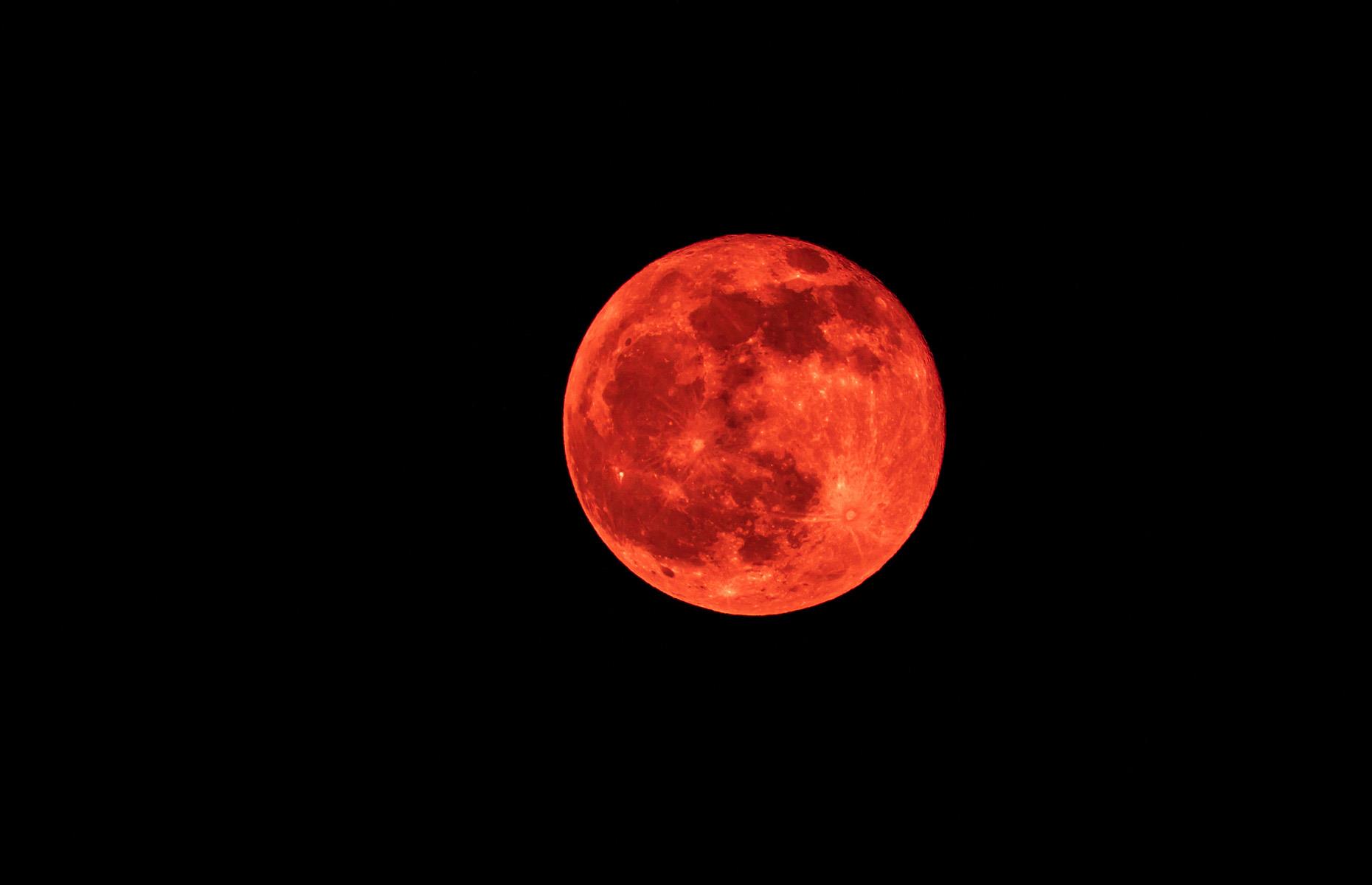

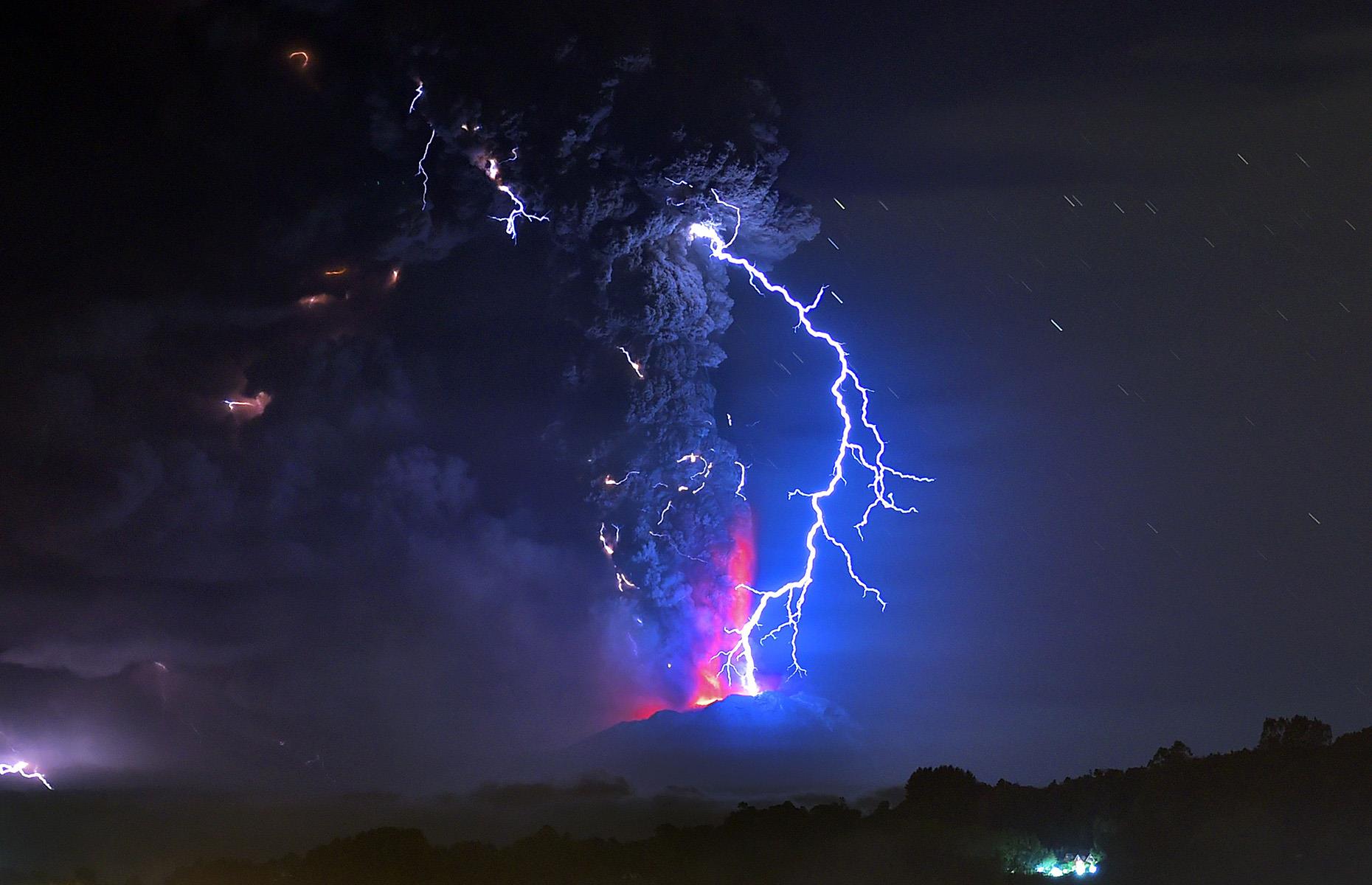
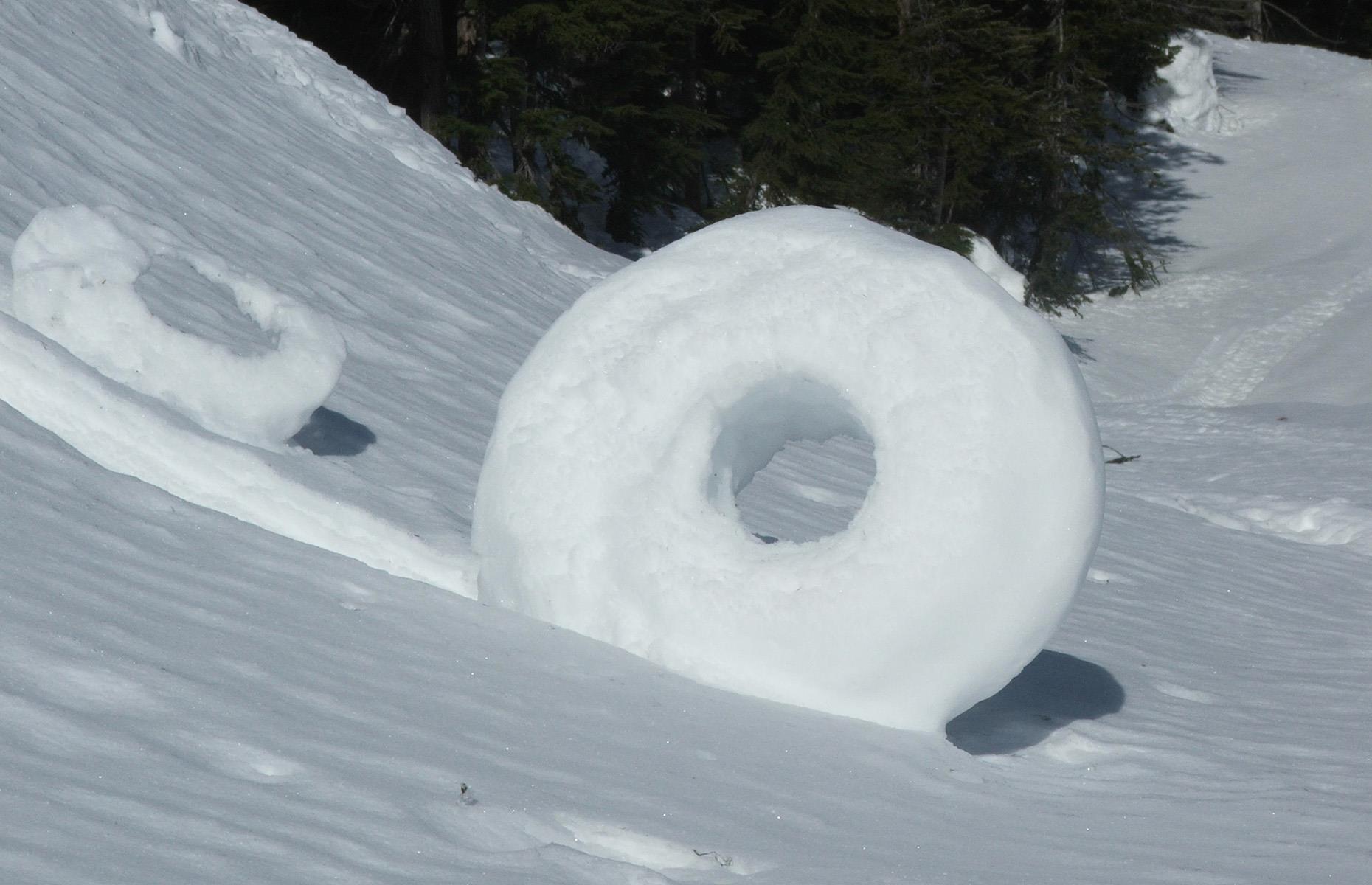
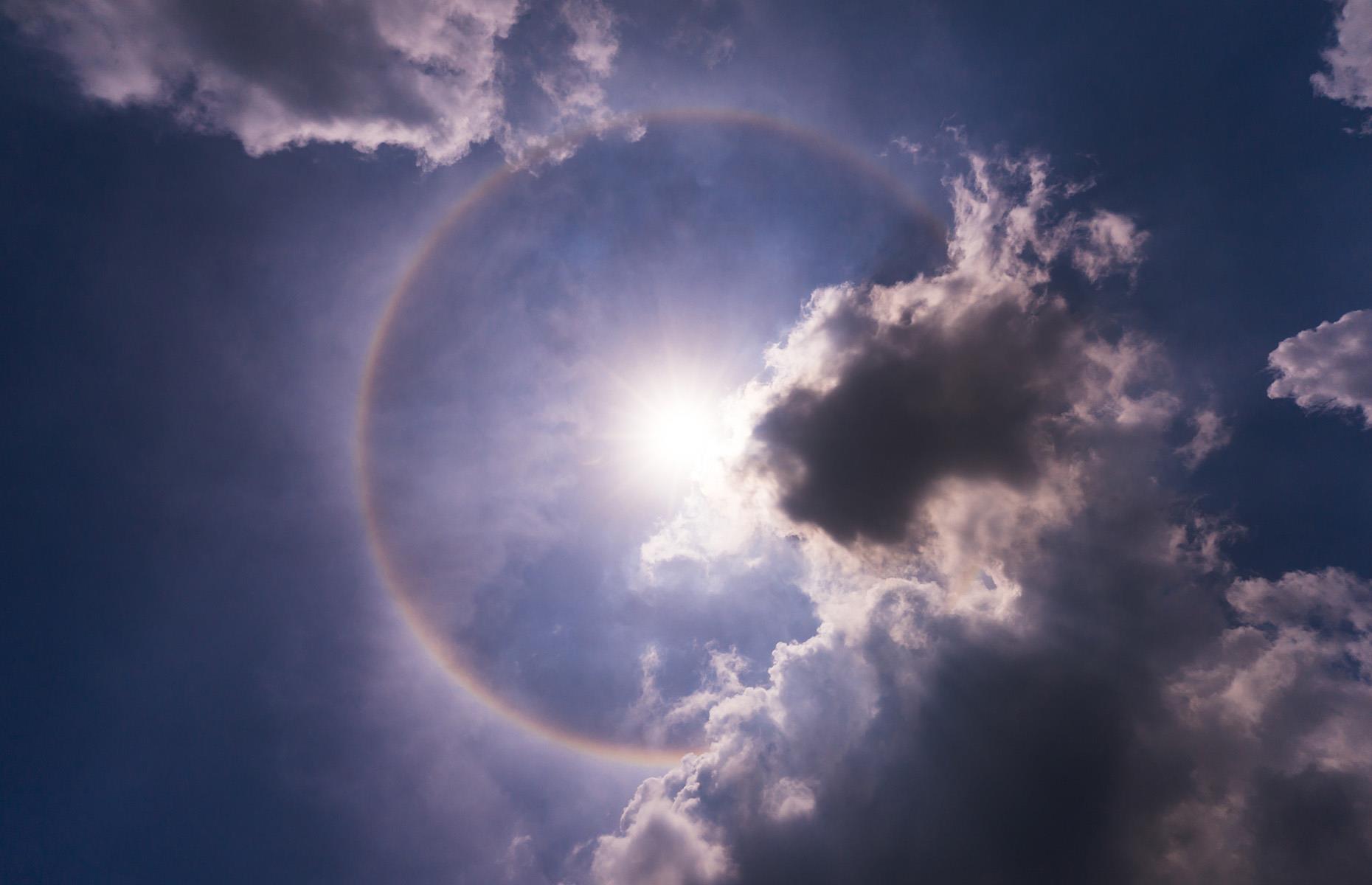
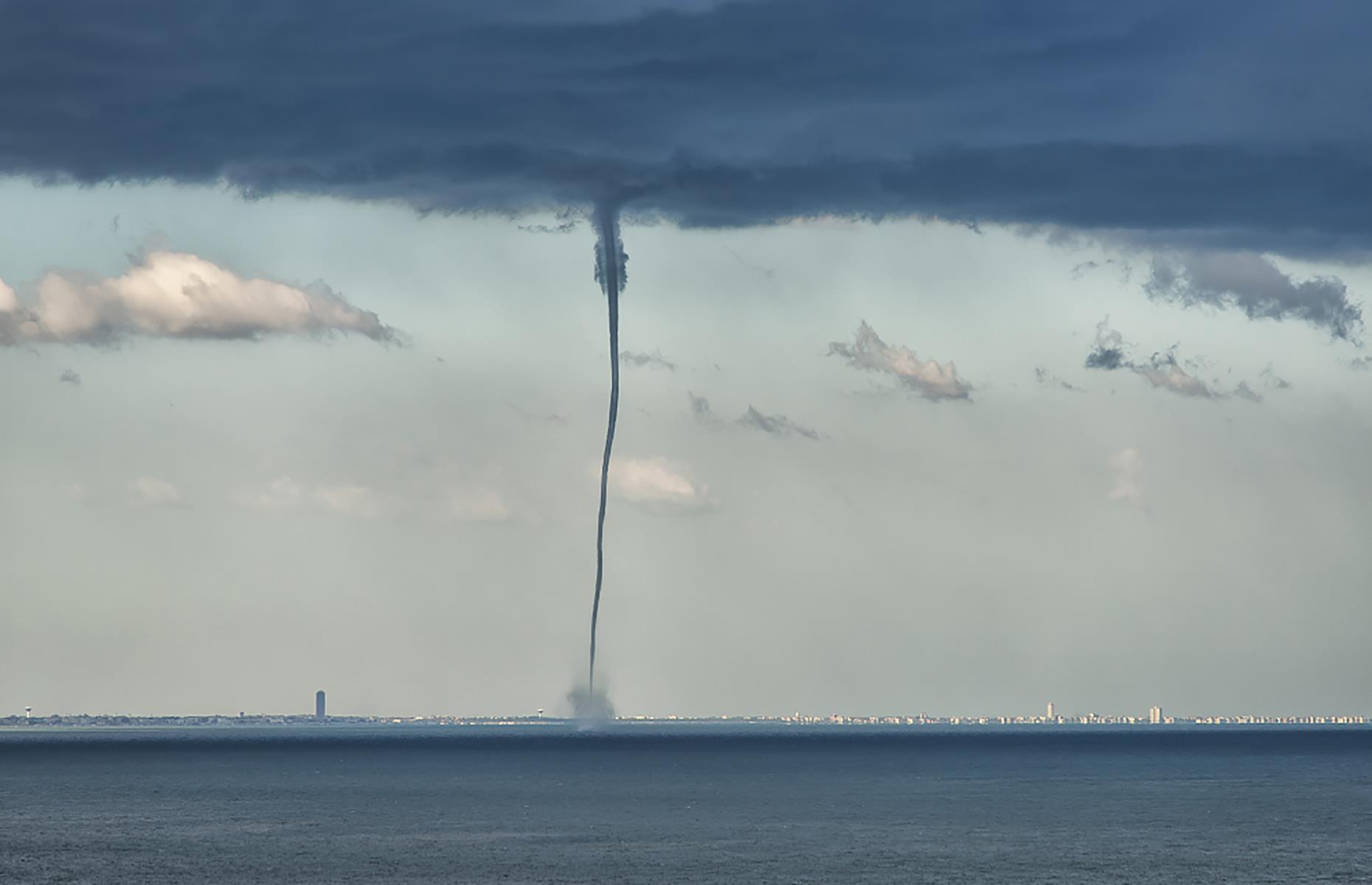
https://www.loveexploring.com/galleries/67035/weird-weather-phenomenon
(Images taken from google/IE)










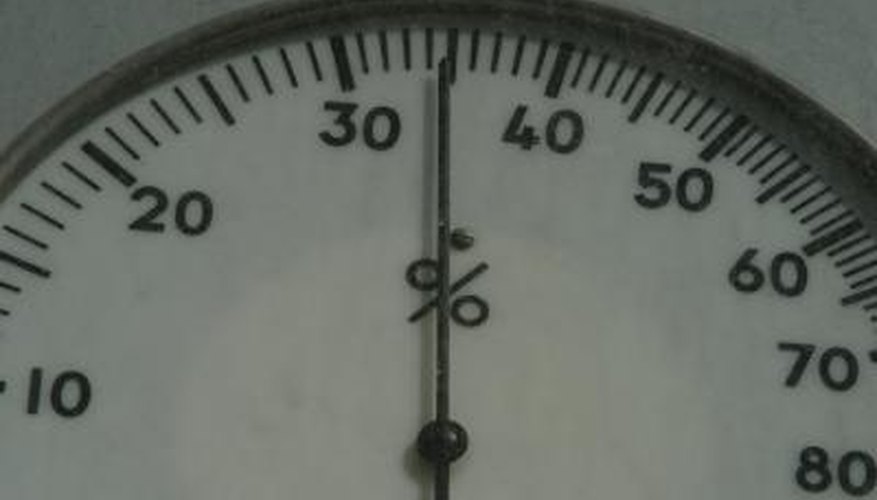
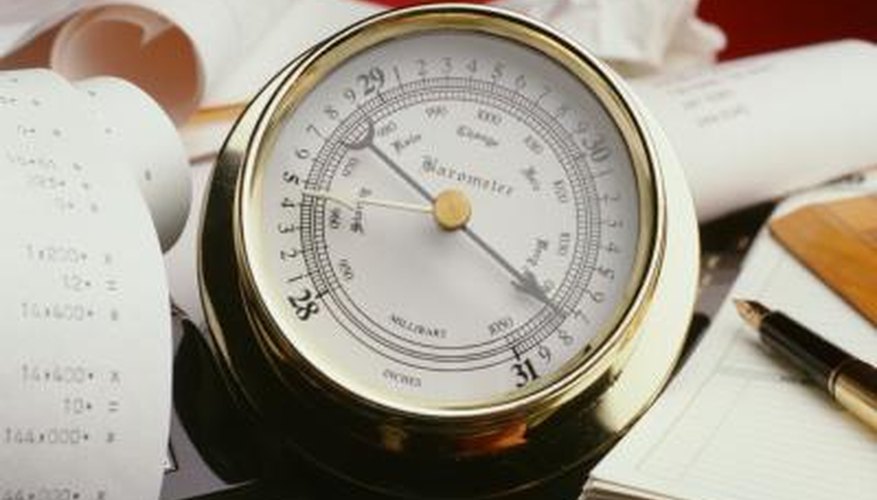


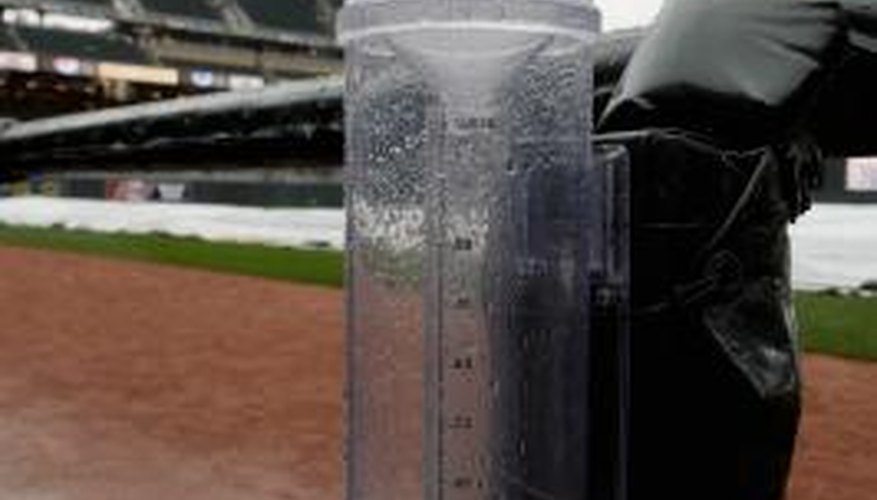







Recent Comments